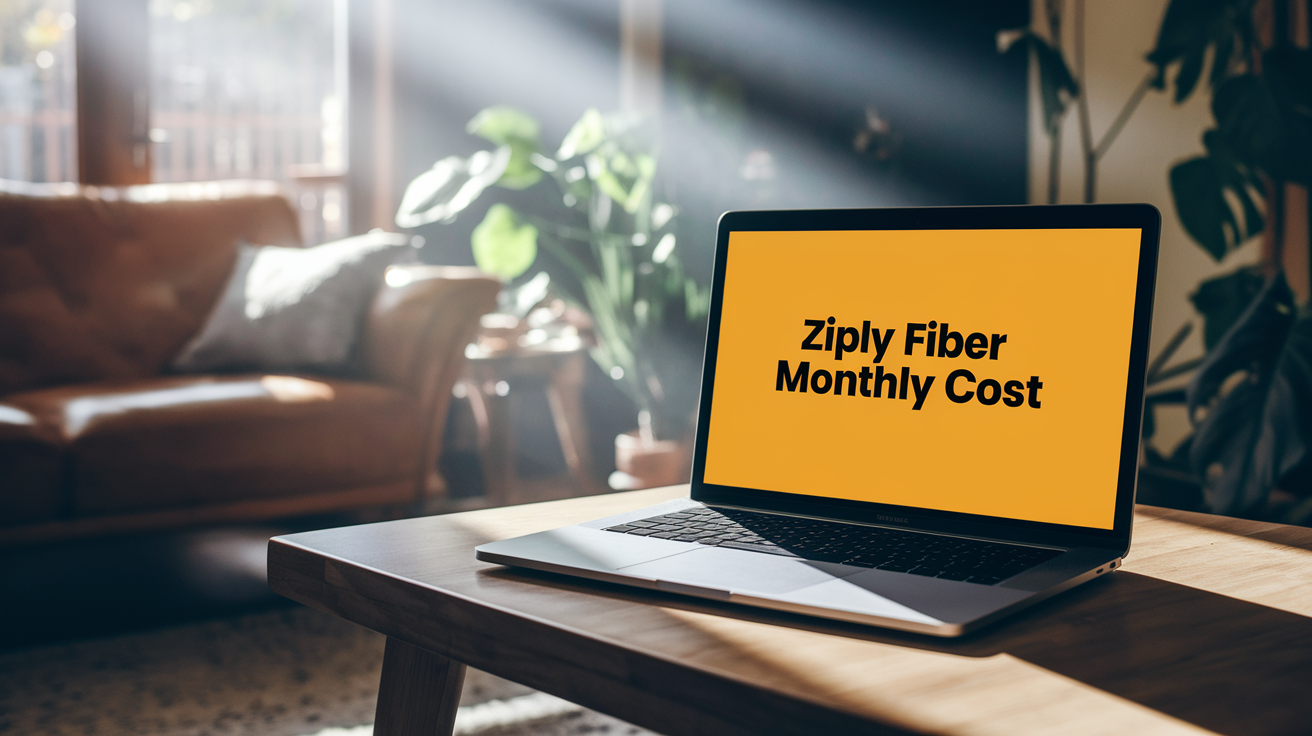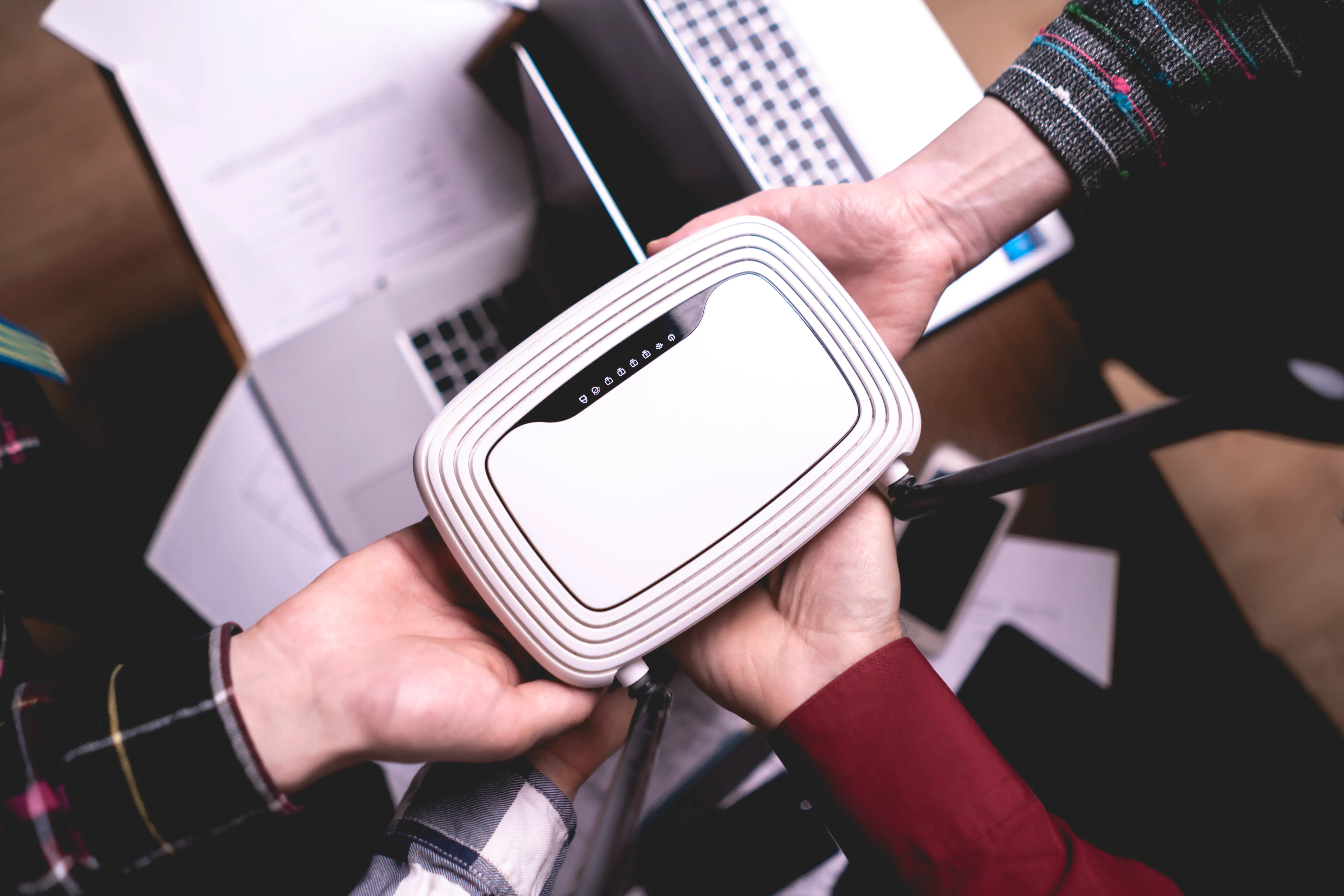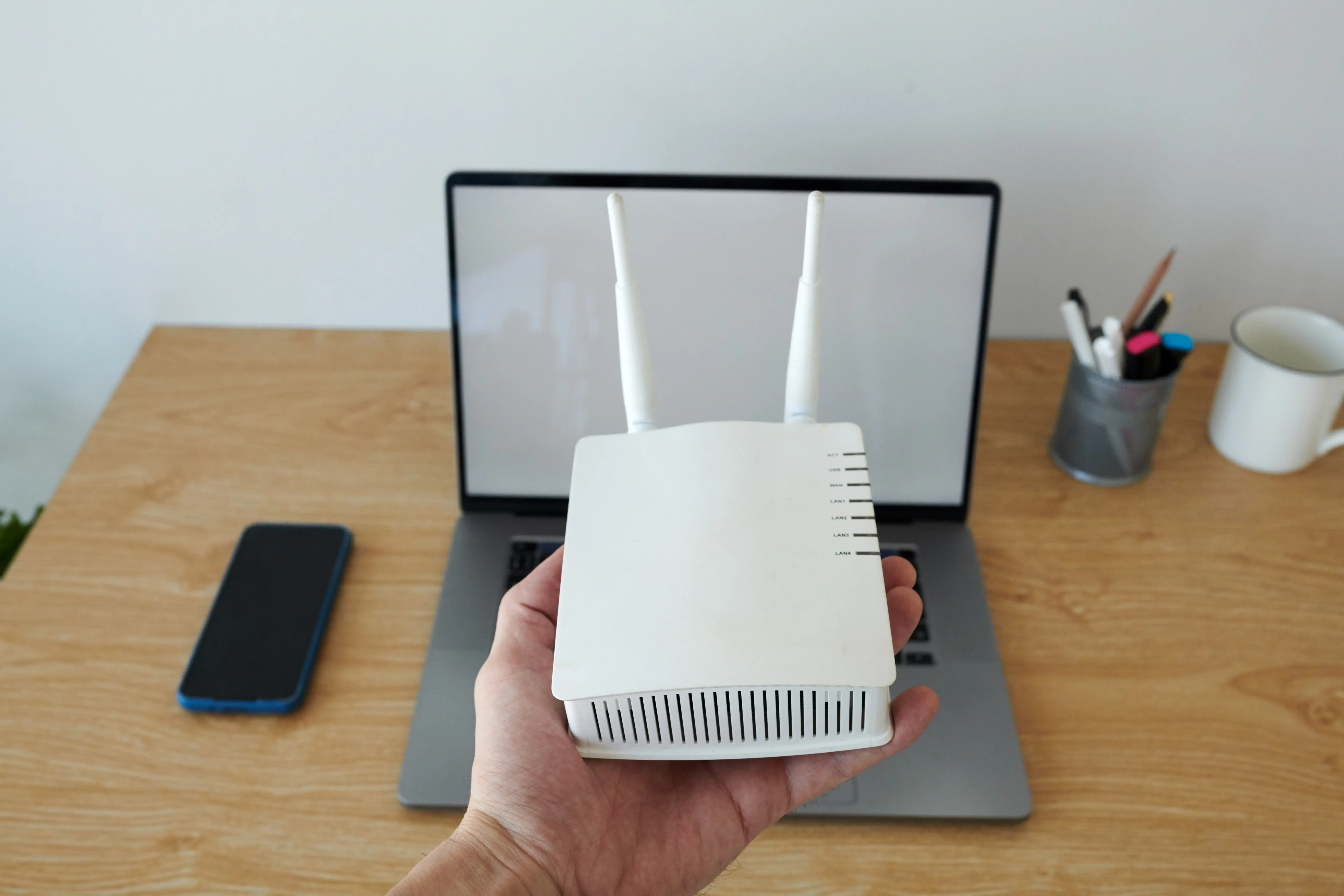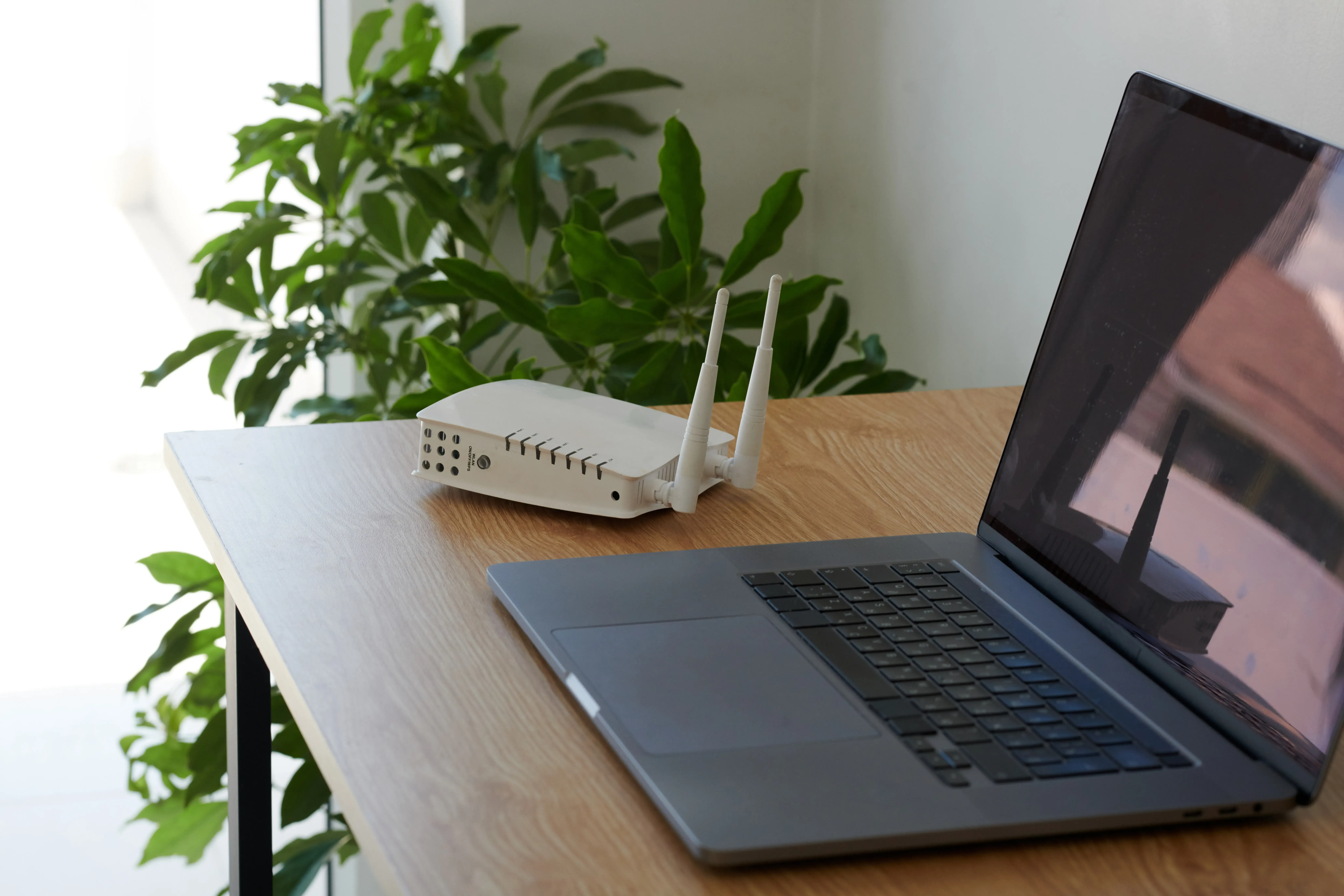How much does Ziply Fiber Cost?
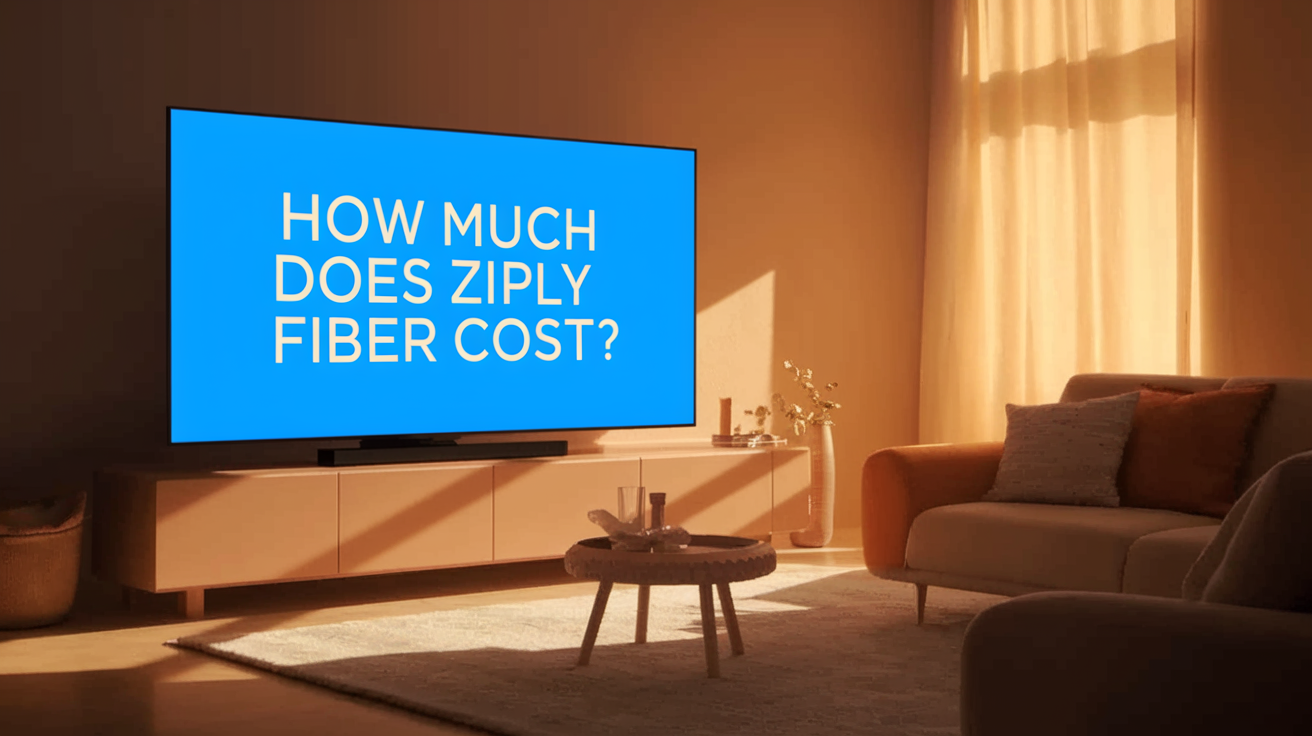
Wondering about Ziply Fiber's pricing? This guide breaks down exactly how much Ziply Fiber costs in 2025, covering plans, installation fees, and hidden charges. Get the transparent pricing you need to make an informed decision.
Understanding Ziply Fiber Pricing
Ziply Fiber has emerged as a significant player in the fiber internet market, particularly in the Pacific Northwest and parts of the Midwest. Known for its commitment to providing high-speed, reliable fiber-optic connections, many consumers are curious about the financial investment required. The question "How much does Ziply Fiber cost?" is paramount for anyone considering a switch to a faster, more stable internet service. This comprehensive guide aims to demystify Ziply Fiber's pricing structure for 2025, covering everything from plan costs and installation fees to potential discounts and what to expect on your monthly bill. We will delve into the various tiers of service, analyze factors that influence the final price, and offer practical advice for securing the best possible deal.
Ziply Fiber Plan Overview (2025)
Ziply Fiber offers a range of internet plans designed to cater to different user needs, from basic browsing to demanding multi-device households and heavy streamers. Their core offering is pure fiber-to-the-home (FTTH), which generally provides superior speed, lower latency, and greater reliability compared to traditional cable or DSL. The pricing typically reflects the download and upload speeds offered. It's important to note that prices can vary by specific location due to regional market conditions and ongoing network build-outs.
Gig-Speed Plans
Ziply Fiber is most recognized for its gigabit-speed plans, which offer download and upload speeds of up to 1 Gbps (1000 Mbps). These plans are ideal for power users who:
- Frequently download and upload large files (e.g., video editors, graphic designers).
- Engage in extensive online gaming with low latency requirements.
- Support multiple 4K or 8K streaming devices simultaneously.
- Run a home office with demanding bandwidth needs.
- Have a large household with many connected devices.
In 2025, Ziply Fiber's advertised prices for their 1 Gbps symmetrical (download and upload) plans generally range from $70 to $90 per month. These prices are often promotional and may require signing up for a specific term or agreeing to autopay. Without promotions, the price can increase by $10-$20. Some areas might also offer slightly higher "ultra-gig" tiers, potentially reaching 2 Gbps or even 5 Gbps, with corresponding higher price points, often starting around $100-$120 for 2 Gbps and $150+ for 5 Gbps, though these are less common and more geographically restricted.
Ultra-Fast Plans
Beyond the flagship gigabit plans, Ziply Fiber also offers "ultra-fast" tiers that fall below 1 Gbps but are still significantly faster than most cable or DSL offerings. These might include plans like:
- 500 Mbps Download / 500 Mbps Upload: This is a sweet spot for many households, offering excellent performance for streaming, gaming, and general internet use for a moderate number of devices. The cost for these plans in 2025 typically falls between $50 and $70 per month.
- 300 Mbps Download / 300 Mbps Upload: A robust option for smaller to medium-sized households or those who primarily stream HD content and browse the web. Pricing for this tier is often around $40 to $60 per month.
These plans provide a great balance of speed, reliability, and cost, making them a popular choice for a wide range of users.
Basic Plans
For users with more modest internet needs, Ziply Fiber may offer lower-tier plans. These are less common in their fiber build-out areas as the infrastructure is designed for higher speeds, but they can exist. A typical "basic" fiber plan might offer speeds around:
- 100 Mbps Download / 100 Mbps Upload: Suitable for single users, basic web browsing, email, and occasional streaming. Pricing for such a plan, if available, would likely be in the range of $30 to $50 per month.
It's crucial to verify the exact speeds and availability of these lower tiers directly with Ziply Fiber, as their focus is increasingly on higher bandwidth services.
Factors Influencing Ziply Fiber Cost
The price you see advertised for Ziply Fiber is not always the final price you'll pay. Several factors can influence the total cost of your internet service.
Location and Availability
This is arguably the biggest factor. Ziply Fiber's network is still expanding. The cost of service can vary significantly depending on whether you are in a densely populated urban area where they have a strong presence, a suburban neighborhood, or a more rural area where they are building out new infrastructure. Areas with more competition might see lower prices, while areas with limited options might have slightly higher rates. Furthermore, the specific technology deployed (e.g., aerial vs. buried fiber) can sometimes influence installation costs, which are passed on to the consumer.
Promotional Offers and Discounts
Like most internet service providers (ISPs), Ziply Fiber frequently offers introductory promotions to attract new customers. These can include:
- Discounted monthly rates: For the first 12, 24, or even 36 months.
- Waived installation fees: Saving you an upfront cost.
- Free equipment upgrades: Such as a higher-end router.
- Bundling discounts: If you also sign up for their TV or phone services (though Ziply's primary focus is internet).
These promotions are a great way to lower your initial costs, but it's essential to understand what the price will be after the promotional period ends. Always ask about the standard rate.
Contract Terms
Ziply Fiber typically offers month-to-month plans with no long-term contracts, which is a significant advantage for many consumers. This means you can cancel or change your plan at any time without early termination fees. However, some promotional offers might be tied to a commitment period (e.g., 12 or 24 months) to secure the lowest advertised rate. If a contract is involved, ensure you understand the terms and conditions thoroughly.
Additional Services
While Ziply Fiber primarily focuses on internet, they may offer bundled services like:
- Ziply Fiber TV: IPTV services that can be bundled with internet.
- Ziply Voice: Home phone service.
Adding these services can sometimes lead to bundle discounts, but it will naturally increase your overall monthly bill. The cost of these additional services needs to be factored into your decision.
Installation and Equipment Fees
Beyond the monthly service cost, you'll need to consider upfront fees for installation and potentially for equipment. Ziply Fiber's approach here is generally consumer-friendly.
Standard Installation
For many new Ziply Fiber customers in 2025, standard installation can range from $0 to $99. Often, during promotional periods or for certain plans, this fee is waived entirely. If there is a charge, it typically covers the technician's visit to bring fiber to your home and set up the necessary equipment (like the Optical Network Terminal or ONT).
A standard installation usually involves:
- Running a fiber line from the street to your home.
- Mounting the ONT inside your home.
- Connecting the ONT to a router.
The exact process and cost can depend on the complexity of the installation at your specific address.
Premium Installation
In some cases, a more complex installation might be required, which could incur higher costs. This might happen if:
- The fiber line needs to be buried underground from the street to your house, and the trenching is extensive.
- The technician needs to drill through difficult materials or navigate complex architectural features.
- You require the installation to be in a very specific, hard-to-reach location within your home.
Ziply Fiber usually provides a quote for such situations before proceeding. It's always best to clarify what constitutes a "standard" installation and what might incur additional charges during your sign-up process.
Equipment Rental vs. Purchase
Ziply Fiber typically provides a modem/router (often a Wi-Fi 6 enabled device) as part of the service. In many instances, this equipment is included at no extra monthly charge, especially with their higher-tier plans. This is a significant cost saving compared to providers who charge a monthly rental fee for their modem/router. If Ziply Fiber does charge for equipment, it's usually a one-time fee or a low monthly rental, which should be clearly stated in your agreement. Some users may also opt to purchase their own compatible router to gain more control over their home network, but ensure it meets Ziply's specifications.
Comparing Ziply Fiber to Competitors
To truly understand Ziply Fiber's cost, it's helpful to compare it against other major internet providers.
Ziply Fiber vs. Other Fiber Providers
Companies like AT&T Fiber, Verizon Fios, and Google Fiber also offer fiber-optic internet. Generally, Ziply Fiber is positioned as a competitive option, often matching or undercutting the prices of these providers for similar speeds. For example:
- Ziply Fiber 1 Gbps: $70-$90/month (promotional)
- AT&T Fiber 1 Gbps: $80-$90/month (promotional)
- Verizon Fios 1 Gbps: $75-$90/month (promotional)
- Google Fiber 1 Gbps: $70/month (standard, but availability is very limited)
Ziply Fiber's strength often lies in its symmetrical upload speeds, which are crucial for modern internet usage, and its lack of data caps and annual contracts, which are not always guaranteed with other fiber providers. Ziply's pricing is also often more transparent, with fewer hidden fees.
Ziply Fiber vs. Cable and DSL
When comparing Ziply Fiber to cable internet providers (like Xfinity/Comcast, Spectrum) or DSL providers (like CenturyLink, Windstream), the value proposition becomes even clearer. While cable providers might offer similar download speeds at a comparable or even lower advertised price, their upload speeds are typically much slower (e.g., 1 Gbps download might come with only 35 Mbps upload). DSL, being an older technology, offers significantly lower speeds overall and is generally not directly comparable in terms of performance or price for high-speed tiers.
Example Comparison (Illustrative 2025 Pricing):
| Provider | Plan Type | Advertised Speed (Down/Up) | Estimated Monthly Cost (Promotional) | Contract Required? | Data Caps? |
|---|---|---|---|---|---|
| Ziply Fiber | Gigabit Fiber | 1000 Mbps / 1000 Mbps | $70 - $90 | No | No |
| Xfinity (Cable) | Gigabit Internet | 1000 Mbps / 35 Mbps | $75 - $85 | Yes (12/24 mo. for best price) | Yes (1.2 TB) |
| Spectrum (Cable) | Gigabit Internet | 1000 Mbps / 20 Mbps | $80 - $90 | No (but price increases after 12 mo.) | No |
| CenturyLink (DSL/Fiber) | Fiber 100 Mbps | 100 Mbps / 100 Mbps | $50 - $60 | No | No |
Note: Prices and terms are estimates for 2025 and can vary significantly by location and specific promotions. Always check with the provider for current offers.
As you can see, while cable might seem cheaper initially, Ziply Fiber offers superior upload speeds and often more flexible terms, making it a better long-term value for many users.
Understanding Your Ziply Bill
Once you've signed up for Ziply Fiber, understanding your monthly bill is crucial to avoid surprises.
Monthly Service Charges
This is the base cost of your internet plan. If you are on a promotional rate, this charge will be lower for the duration of the promotion. After the promotion ends, the price will revert to the standard monthly rate for your chosen speed tier.
One-Time Fees
These are charges that appear on your first bill (or occasionally subsequent bills if there are changes). They can include:
- Installation Fee: If not waived by a promotion.
- Equipment Purchase Fee: If you choose to buy your modem/router outright.
- Activation Fee: Less common with Ziply, but possible.
It's vital to review your first bill carefully to ensure all one-time fees are as expected.
Taxes and Surcharges
Like all utility services, internet bills are subject to federal, state, and local taxes, as well as regulatory fees and surcharges. These can add a noticeable percentage to your total bill. Ziply Fiber, like other providers, will list these separately. Common examples include:
- Federal Universal Service Fund (USF) fee
- State and local sales taxes
- Telecommunications Relay Service (TRS) charge
- Regulatory recovery fees
These fees are often unavoidable and can add anywhere from 5% to 20% to your base monthly charge, depending on your location.
How to Find the Best Ziply Fiber Deal
Securing the most cost-effective Ziply Fiber plan involves a strategic approach.
Check Availability First
The absolute first step is to visit the Ziply Fiber website and enter your address. This will tell you what plans and speeds are actually available in your specific area. Pricing and promotions can vary greatly even within the same city.
Look for Promotions
Ziply Fiber, especially in competitive markets, frequently runs special offers. These might be advertised on their website, through direct mail, or via third-party comparison sites. Keep an eye out for:
- New Customer Discounts: Often the most significant savings.
- Waived Fees: Especially installation and equipment fees.
- Bundled Deals: If you need TV or phone, bundling can sometimes offer savings.
Read the Fine Print
This is critical. Understand:
- Promotional Period Length: How long will the lower rate last?
- Standard Rate: What is the price after the promotion ends?
- Contract Length: Are you locked into a term? (Ziply typically doesn't require this).
- Data Caps: Ziply Fiber is known for no data caps, but always confirm.
- Equipment Fees: Are they included, a one-time charge, or a monthly rental?
Don't be afraid to ask customer service representatives for clarification on any unclear terms.
Consider Bundle Options
If you're in the market for internet, TV, and phone services, Ziply Fiber might offer bundles that provide a slight discount compared to purchasing each service individually. However, carefully weigh the total cost and whether you truly need all the bundled services. Sometimes, unbundling and using streaming services for TV can be more cost-effective.
Real-World Ziply Fiber Cost Examples (2025)
Let's look at a few hypothetical scenarios for 2025 to illustrate potential costs:
Scenario 1: The Value Seeker
A user in a Ziply Fiber service area needs reliable internet for browsing, email, and streaming HD content. They find a 300 Mbps symmetrical plan advertised for $50/month for 12 months, with a $0 installation fee and no equipment rental charges. After 12 months, the price increases to $65/month. Taxes and fees add approximately $8/month.
- First 12 Months: $50 (service) + $0 (install) + $8 (taxes/fees) = $58/month
- After 12 Months: $65 (service) + $8 (taxes/fees) = $73/month
Scenario 2: The Power User
A gamer and remote worker needs the fastest speeds possible. They sign up for Ziply's 1 Gbps symmetrical fiber plan, advertised at $80/month for 24 months. The installation fee is waived, and the modem is included. Taxes and fees add about $12/month.
- First 24 Months: $80 (service) + $0 (install) + $12 (taxes/fees) = $92/month
- After 24 Months: The price might increase to $95-$100/month for the service, plus taxes/fees, bringing it to approximately $107-$112/month.
Scenario 3: The Rural Homeowner
A homeowner in a newly expanded Ziply Fiber area opts for a 500 Mbps symmetrical plan. The introductory price is $60/month for 12 months. Due to the location, a standard installation fee of $50 applies. Taxes and fees add $9/month.
- First Bill: $60 (service) + $50 (install) + $9 (taxes/fees) = $119
- Subsequent 11 Months: $60 (service) + $9 (taxes/fees) = $69/month
- After 12 Months: The price might increase to $75/month for service + $9 (taxes/fees) = $84/month
These examples highlight how promotional periods, installation fees, and taxes can significantly impact the total cost over time. Always get a personalized quote for your specific address.
Conclusion: Making the Right Choice for You
Determining "How much does Ziply Fiber cost?" reveals a pricing structure that is generally competitive and transparent, especially when compared to many traditional cable and DSL providers. In 2025, you can expect Ziply Fiber's monthly costs for their advertised plans to range broadly from approximately $40-$60 for basic tiers up to $70-$90 for gigabit speeds, with potential for higher costs for multi-gigabit services. These figures are often subject to promotional discounts for the first 12-24 months.
Key considerations remain the initial installation fee, which can range from $0 to $99 (often waived), and the absence of mandatory monthly equipment rental fees, a significant advantage. Taxes and surcharges, varying by location, will add to the final monthly bill. Ziply Fiber's commitment to no data caps and no annual contracts further enhances its value proposition, offering flexibility and predictable usage.
To get the most accurate cost for your situation, always start by checking Ziply Fiber's availability at your specific address on their official website. Look for current promotions, carefully read the terms and conditions to understand pricing after promotional periods, and factor in all potential fees. By doing your due diligence, you can confidently assess if Ziply Fiber offers the best value and performance for your internet needs, ensuring you're not just getting fast internet, but also a cost-effective and reliable service.
